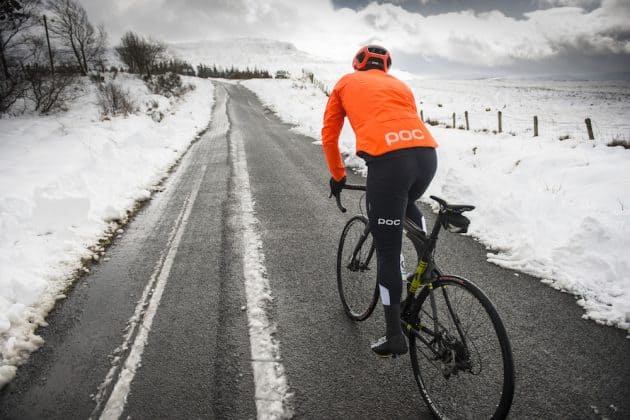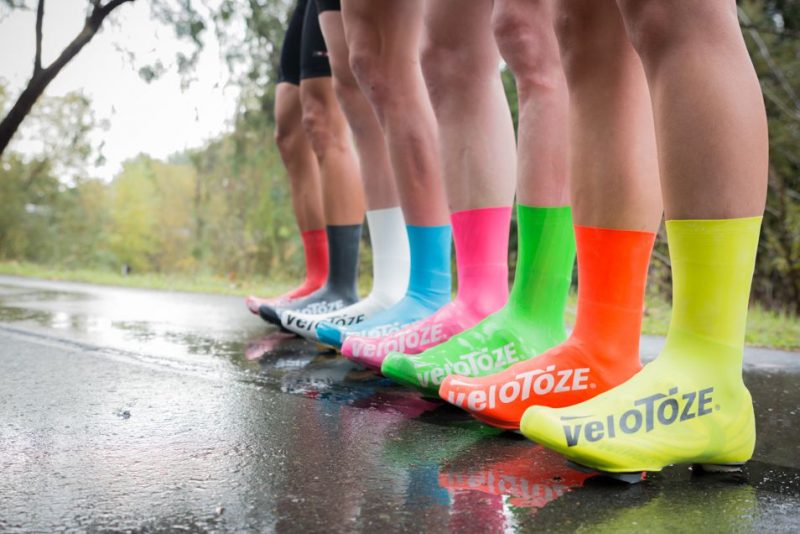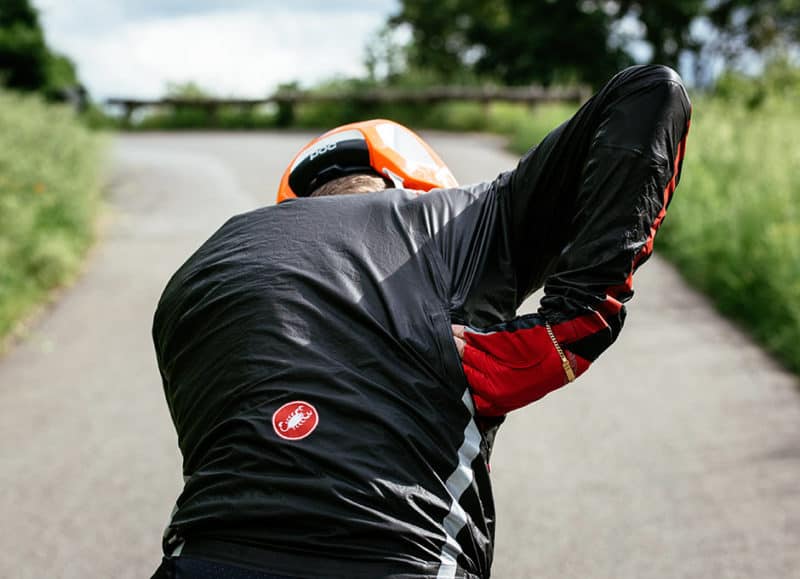The Art of Layering – How to Ride in Changing Weather Conditions
Dressing for different periods of the year can be a challenge for any cyclist. Cycling clothing isn’t cheap, and you want to get the best bang for your buck. There are many choices out there, but where do you start?
Technical fabrics, base layers, shells, jackets, bibs, knickers, merino wool, the list goes on, which is best and at what time of the year? It’s easy to overdress, but you don’t want to underdress either.
If in doubt about what to wear, the secret is layering. Let’s find out more.
Dressing for Winter Can Be Complicated
If you do most of your riding in a group, chances are the rides start early in the morning, even at the break of dawn if an epic day is planned. Getting up and going at that hour is hard enough, but what to wear?
Dress to confront the dawn chill, yet not so bulked up that you feel like the Michelin Man.
When the sun rises, temps do too, including yours. Riding in the sun is a delight in winter, but warm rays complicate things. You get toasty climbing or riding hard already, add the sun’s rays beating down on you, and you heat up and sweat even more.
So now you’re soaked in sweat, but what about that huge descent or flat section out of the sun’s rays?
Wind and skin/clothing dampness are cyclists arch enemies. They work together to chill you to the bone, especially on a long ride or during seasonal transitions such as autumn and spring.
It’s okay to be chilly for the first 10 minutes of the ride, but once you get pumping, you should find a happy medium. But how do you do that?
The answer is keeping your core and body warm by using moisture-wicking layers and avoiding cotton.
Read More : A Complete Guide to Cycling Clothing from Head to Toe
To Layer or Not?
Layering in winter is the key to keeping you at a comfortable temperature. Your core is your body’s central heating system.
If it’s warm, the rest of you should be okay. Always start with a snug-fitting base layer made from natural merino wool or branded fabrics like Coolmax. They draw sweat away from your skin, keeping you dry and warm in the winter.
Dressing in layers means you can peel them away when you’re hot and put them back on later.
Layers are practical, but need to be stowed when not wearing them. Storage is a drag, but you may be thrilled to put it on later. Roll it up and stuff in a back pocket or slip it under the front of your jersey when not in use.
Convert short-sleeved jerseys into colder weather gear with a pair of arm warmers. Knee and leg warmers exist too to turn your bib shorts into knickers or tights. The pros start with more clothing at the start and remove them as the speed picks up. They get to pass them to their support car, non-pros aren’t so lucky.
Each piece of clothing has a recommended temperature range, just read the ticket.
Winter jackets made for extra cold temps are available. These one-piece garments take the place of a mid and outer layer, so wearing them with only a base layer may be sufficient. One layer fewer means you’ll feel less bulky on the bike.
How to Layer Effectively
Each rider has their own layering requirements. Men and women are different, and some of us are just more or less hot or cold. Body temps are low at the start of a ride and gradually heat up with effort. Likewise, mornings are cooler than afternoons, so your layers should take this into consideration.
In the coldest weather, wear a mid and outer layer over your base. Think of the mid-layer as insulation and the outer as protection from wind or rain.
Windproof base layers exist too. Outer shells should be windproof and rain resistant. If you plan on riding in the rain, invest in rain-specific clothing.
Winter Rides (25 to 50ºF / -4 to 10ºC)
Your legs are your workhorse, so I recommend full-leg tights to keep working muscles warm. Different thicknesses exist, but a good fleece-lined pair should do the job.
Protect your feet with winter shoe covers, wear a thermal skull cap under your helmet that covers your ears, and opt for lobster-style cycling gloves if possible. Keeping some fingers together helps retain heat.
When temperatures rise, remove the outer shell. You’ll need it again for any descents, heavy cloud cover, or as you ride into terrain with no direct sunlight.
Only a touch warm? Adjust your skull cap to expose your ears, or unzip your outer shell a bit to let some air in, you’d be surprised how fast you’ll cool off.
I love winter cycling socks made of merino wool (anything merino in fact!) They’re a worthy investment and you can wear them off the bike too. The soles of your road shoes provide airflow in the summer, slap some packaging tape over the vents before putting on your shoe covers. It’ll block wind and delay any rain from getting in.
If your feet or hands are extra sensitive to cold, buy some hand warmers that you break to activate. Place them between your shoe and the shoe cover, down by your toes, or inside your gloves.
Even chargeable shoe covers and gloves exist with built-in heaters, not bad.
Spring/Fall Rides (45 to 65°F/ 7 to 18°C)
Long-sleeve base layers are still your friends for spring and fall rides. No matter how eager you are for the better weather to arrive, they’ll keep you cosy. 7 to 18ºC is a huge variant in rider comfort, and it’s better to keep covered than be cold.
I’d wear a mid-season long-sleeved jerseys over my base layer with a long-sleeved shell or a sleeveless vest over the top, sometimes both.
Vests are one of my favorite pieces of cycling clothing. They are very effective at keeping you warm and take little space. Some jackets convert to a vest by removing the sleeves.
Summer Rides (55 to 75ºF / 13 to 24ºC)
Riding in the summer means less clothing to restrict movement. I’d choose a sleeveless base layer with a short-sleeved jersey over the top with arm warmers and have a light vest or wind jacket on or handy.
Regular shorts with knee or leg warmers seal the deal. You can find your comfort zone by removing any of the peripheral pieces as the temperature climbs.



